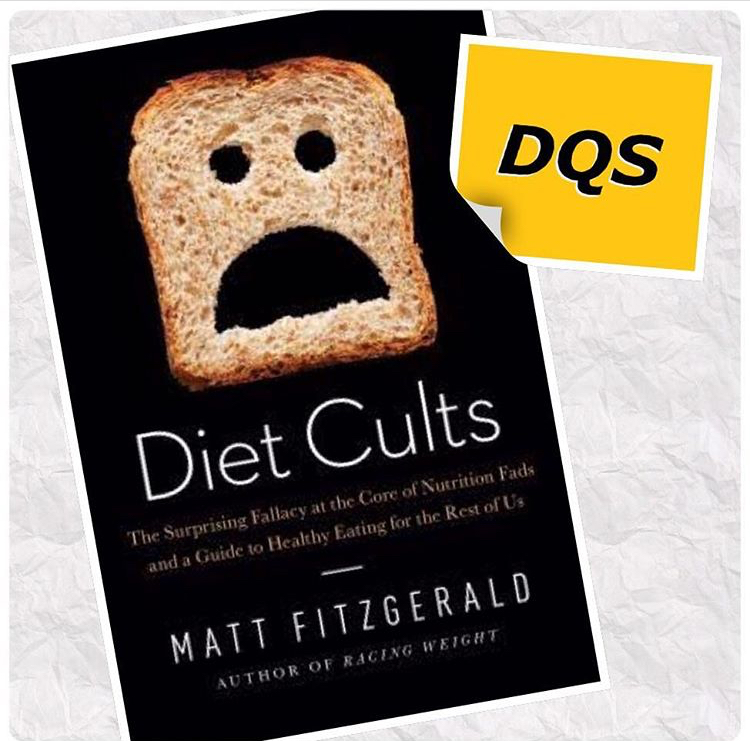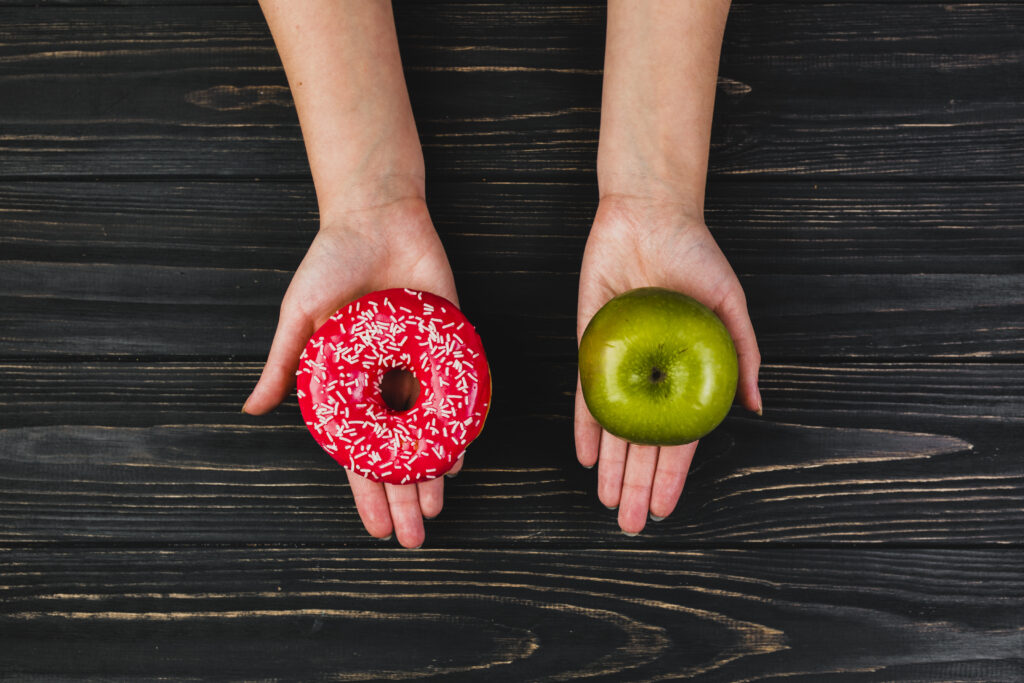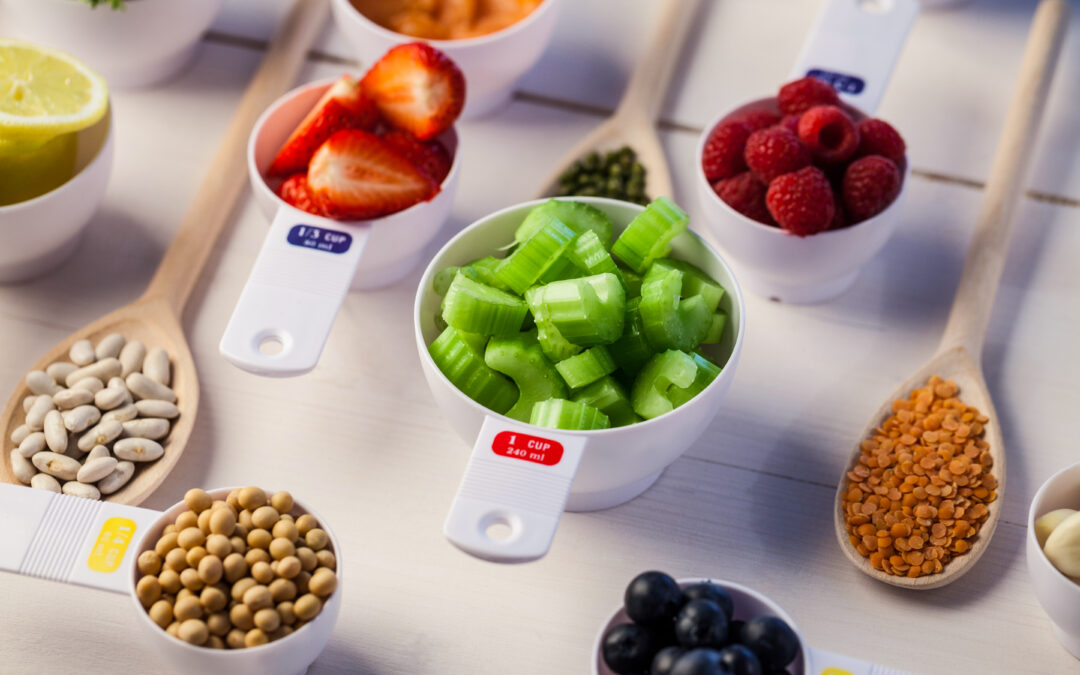When I sit down with a client for the first time, I explain that my philosophy on eating is to keep it simple, make informed choices, and fuel with foods that make us feel good. How does that look?
Let’s begin with a categorical distinction. With that, I pull from one of my all-time favorite resources to explain the difference between high-quality foods and low-quality foods. Matt Fitzgerald’s book Diet Cults is one of my favorite reads on why our society follows and craves fad or branded “diets.”

In chapter 15, Fitzgerald captures the essence of what he calls “agnostic eating.” However, this is a reluctant label, as it is more of a generalized approach to awareness and informed choices when it comes to what we put in our bodies. Agnostic eating does not ask you to eliminate anything. Rather, it requires you to discriminate and track, which in and of itself can be a reinforcing way to improve your habits.
The “hierarchy” or categorization of food integrates two simple headers: High Quality and Low Quality. The groups under each are manageable and clear. Your job is to figure out where you score and use this information to set goals and shape future choices. The goal: eat mostly from the HQ groups (top of the chart) and little or much less from LQ groups (bottom of the chart).

Here we begin our journey to become informed consumers. High quality and low quality: It is as simple as that. Nothing too time consuming or intimidating. Note that you are not tracking macros or counting calories here. You are going back to basics and thinking about the quality of what you put into your body.
I am not suggesting that you ignore macros or calories. Instead, I recommend that you consider HQ and LQ as entry points. An increased comfort level with diet quality will serve as a solid foundation for sorting and tracking additional variables.
Where do you begin? Take stock of your current eating habits. Use the Diet Quality Score app (on your phone) or a simple notebook page with a list of the categories and start tracking where your choices fall on the chart. Use this data as a baseline to help drive a SMART goal. To set a goal, pick an area that needs improvement. You can choose more than one, but the point is to be specific, slow, and steady to make this sustainable.
At this first stage, many of my new clients have questions about how to categorize certain foods. Others benefit from learning to decipher labels when choosing between similar brands and products. Some need guidance on a focus for their first goal(s). In the end, this becomes an individualized process based upon a client’s needs.

My job is COACH. Under that umbrella, my supporting roles are many: educator, tour guide, mentor, active listener, cheerleader, etc. However, the client is the leader. You drive the process. You set the goals. Ultimately, you become empowered, informed, and independent.
Are you ready to start your self-assessment? If so, download the DQS app and begin as soon as you like. Want to learn a little bit more about the idea of “healthy agnostic eating”? Purchase or download a copy of Diet Cults today.
Ready to begin your journey but need a little coaching?
I am only an email or a phone call away.

